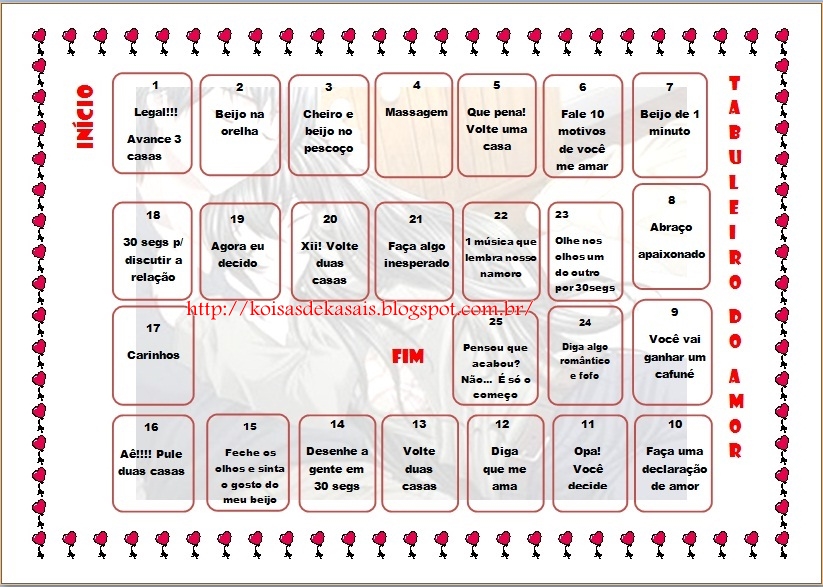A Phylogenetic Analysis of Ant Morphology (Hymenoptera: Formicidae) with Special Reference to the Poneromorph Subfamilies
Por um escritor misterioso
Descrição
Efforts to reconstruct the phylogenetic history of ants (Hymenoptera: Formicidae) have been boosted in the last few years by accumulation of comprehensive molecular data sets exploring multiple loci on a wide range of taxa within the family. In contrast, the wealth of morphological information for the group remains scattered across the literature comprising more than a century's worth of taxonomic and anatomical research with little standardization. The present study addresses this problem by providing a synthesis of the external skeletal morphology of ants with special emphasis on the poneromorph subfamilies (Amblyoponinae, Ectatomminae, Heteroponerinae, Paraponerinae, Ponerinae, and Proceratiinae). Particular attention was devoted to documenting and standardizing morphological characters for phylogenetic inference. The morphological analysis was undertaken by constructing a digital atlas of 28 standard views containing 5250 scanning electron micrographs documenting worker ant morphology from which detailed anatomical comparison could be accurately performed. The final matrix describes 139 characters (60% of which are completely new or coded cladistically here for the first time) for 105 terminals representing ∼90% of extant poneromorph genera plus all other extant formicid subfamilies, with the exception of the rare Martilinae, and nonformicid outgroups. This matrix was analyzed with parsimony under both equal weights and implied weights (i.e., where characters are downweighted as a function of their homoplasy). The poneromorph subfamilies form a paraphyletic assemblage with the dorylomorphs, leptanillomorphs, and myrmicomorphs nested inside. All the above subfamilies are in turn reconstructed as nested within a paraphyletic group comprising the formicomophs myrmeciomorphs. These results are in concordance with traditional precladistic views of the subfamily relationships but are markedly different from current estimates based on molecular data.

Specialized Predation Drives Aberrant Morphological Integration and Diversity in the Earliest Ants - ScienceDirect
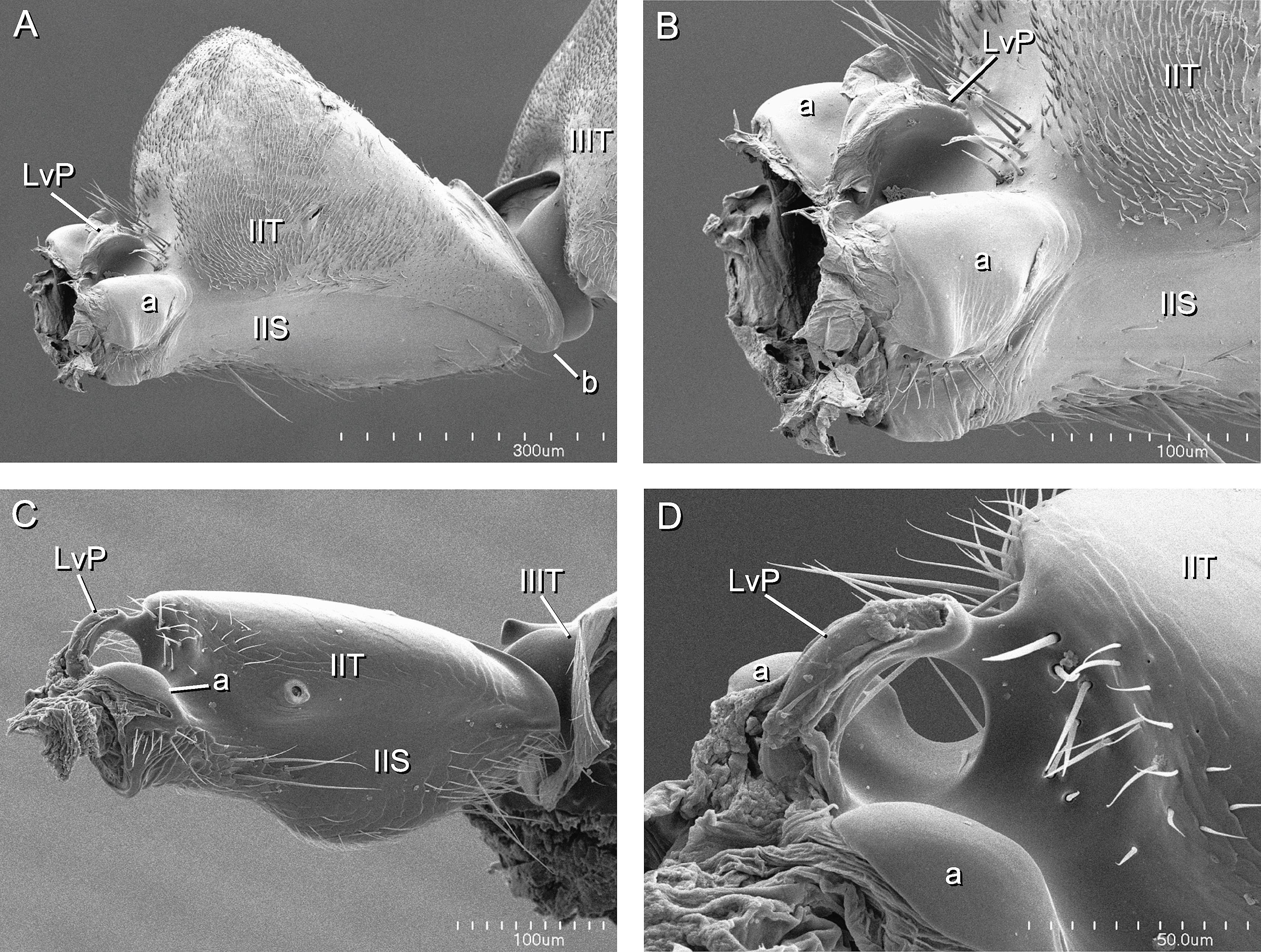
A Phylogenetic Analysis of Ant Morphology (Hymenoptera: Formicidae) with Special Reference to the Poneromorph Subfamilies

Generic revision of the ant subfamily Dorylinae (Hymenoptera, Formicidae). - Abstract - Europe PMC

Evolution of thorax architecture in ant castes highlights trade-off between flight and ground behaviors
A Revision of Male Ants of the Malagasy Amblyoponinae (Hymenoptera: Formicidae) with Resurrections of the Genera Stigmatomma and Xymmer

Igaponera curiosa Troya & Marcineiro & Lattke & Longino 2022 - Plazi TreatmentBank
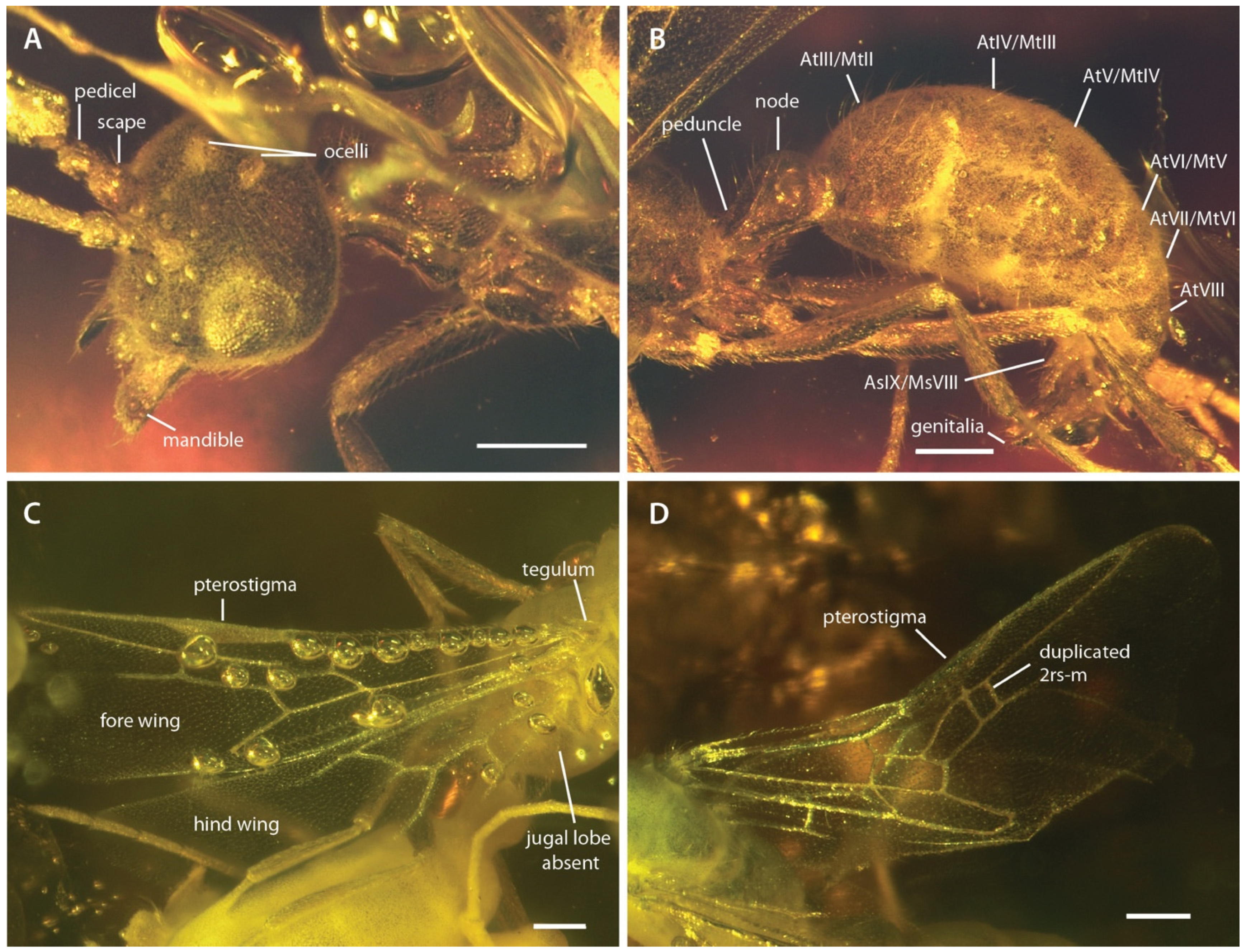
Insects, Free Full-Text

Head of a Formica fusca-group worker, full-face view. Left antenna

Modernisation of the Hymenoptera: ants, bees, wasps, and sawflies of the early Eocene Okanagan Highlands of western North America, The Canadian Entomologist
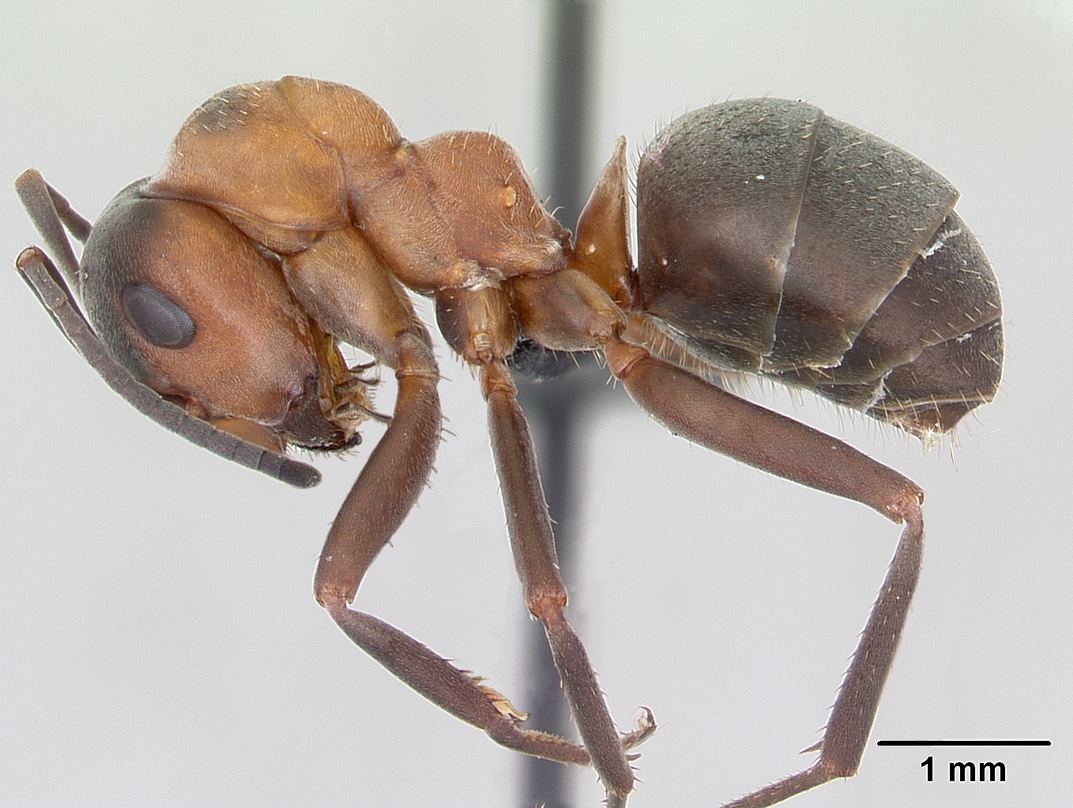
List Of Ant Subfamilies: Most Up-to-Date Encyclopedia, News & Reviews
A new species and new record of the cryptobiotic ant genus Ponera Latreille, 1804 (Hymenoptera, Formicidae) from Hong Kong

PDF) The venom apparatus and other morphological characters of the ant Martialis heureka (Hymenoptera, Formicidae, Martialinae)
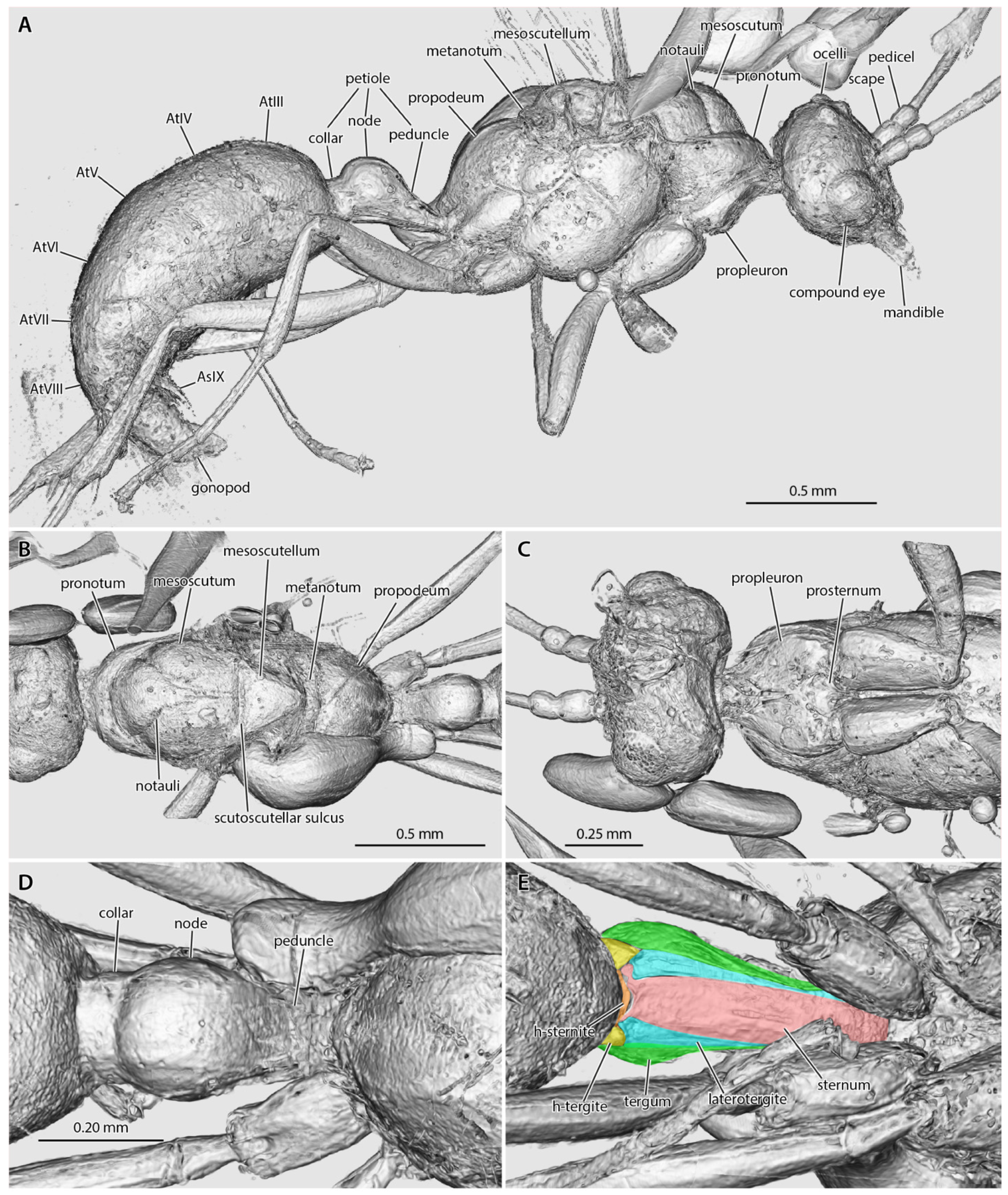
Insects, Free Full-Text
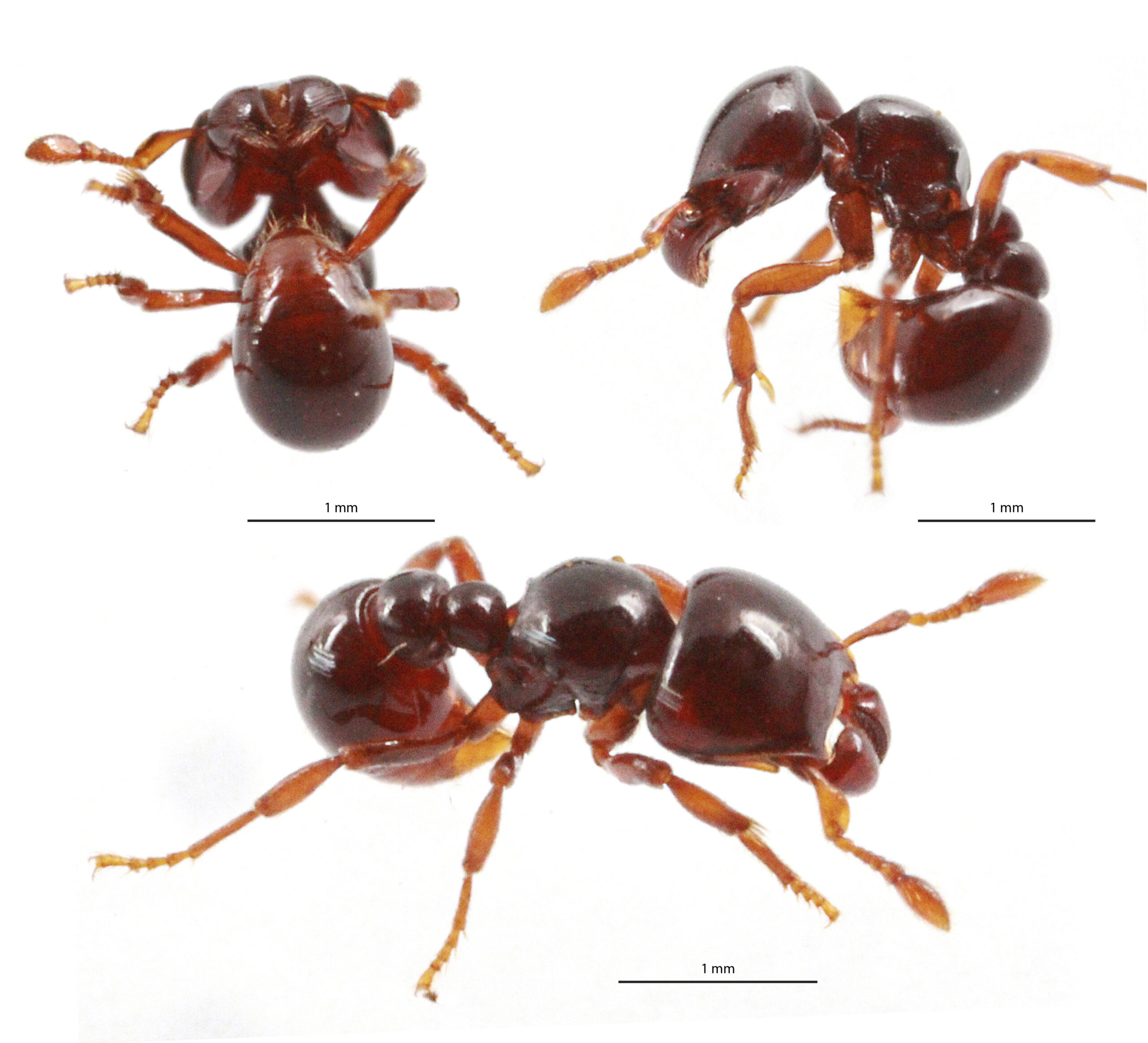
The armadillo ant Tatuidris tatusia and its weird anatomy – Myrmecological News Blog
de
por adulto (o preço varia de acordo com o tamanho do grupo)







